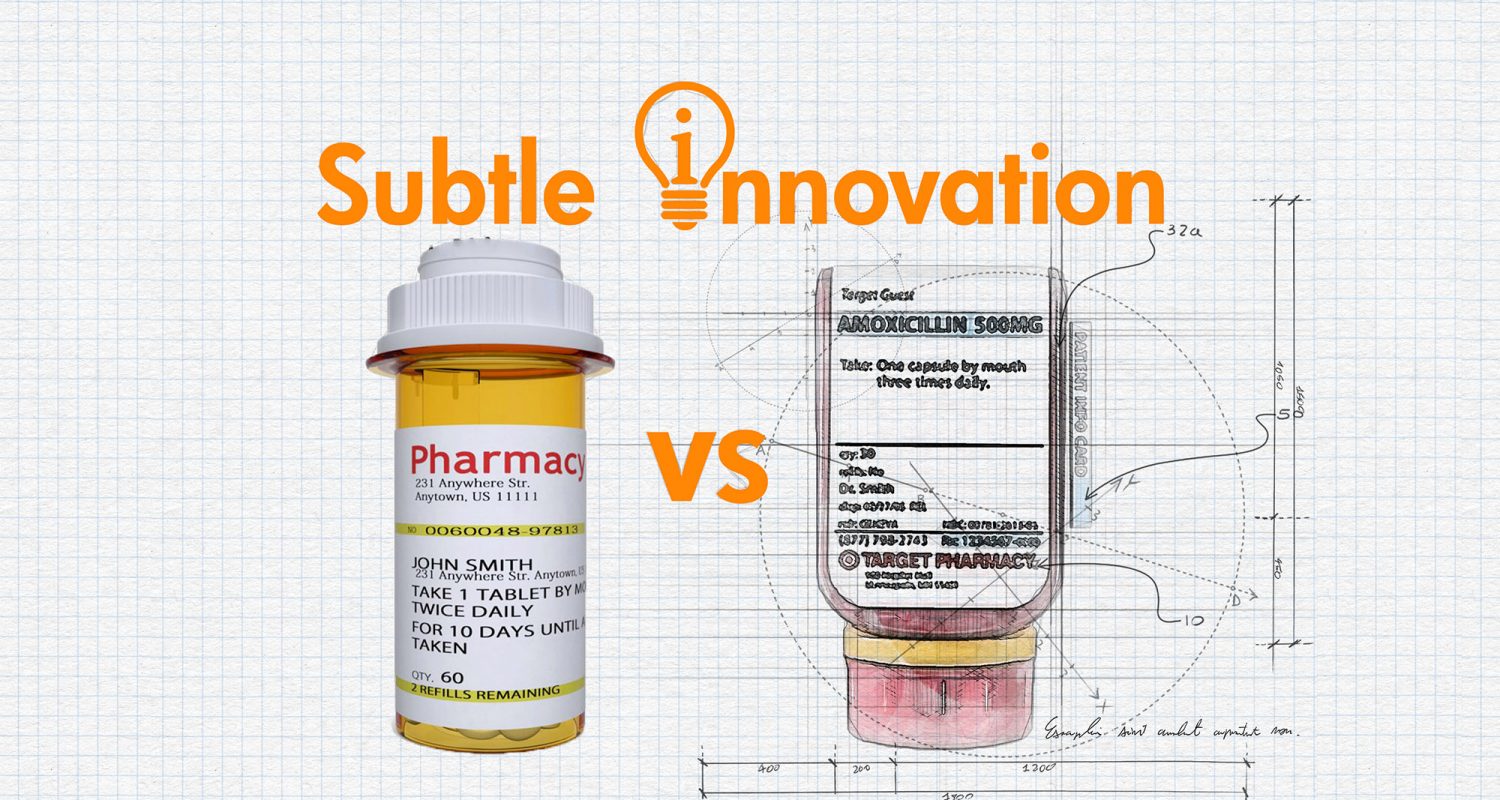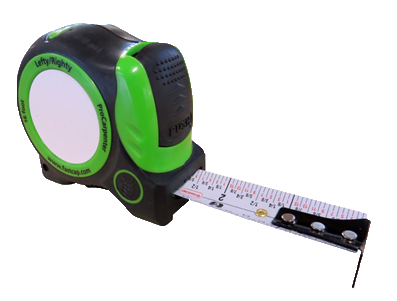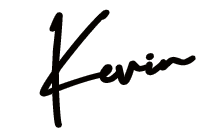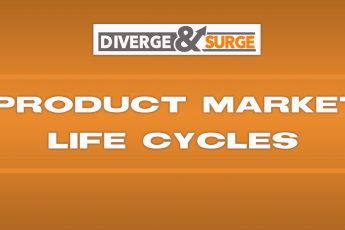
Using Subtle Innovation To Increase Customer Value
When you want to make your products stand out from your competitors (a.k.a. the sea of sameness), don’t overlook the obvious, deeming it inconsequential. Sometimes it’s a couple of small tweaks and subtle changes that, when combined, add more customer value and give your product a definite competitive edge. This combination of multiple small enhancements is something I refer to as subtle innovation.
One example? Just look at common pharmacy pill bottles. No doubt you’ve used one of these at some point in your life. (See below).

These bottles have been around forever. And if you’re like me, nothing is more frustrating than trying to grab the right bottle out of the medicine cabinet in the middle of the night. Good luck reading the microscopic print on the label in the dull glow of a night light! I went in for migraine relief and ended with handful of my son’s ear infection antibiotics by mistake. Oops.
Target’s Use of Subtle Innovation
Well, after about 40 years of sameness by national pharmacies, along came Target’s packaging innovation. Around 15 years ago, they launched a new pharmacy bottle design—a flattened bottle that stands on its head.

Besides boasting an eye-catching design, the new bottle featured many useful upgrades over the existing bottle. Clearly, Target aimed to increase customer value during the redesign process. The label wraps over the top, completely visible from above. The name of the drug in large type is emblazoned across the top of the bottle. (Even I could read it by the dim night light.)
The bottle’s flatness allowed Target to utilize larger font sizes, which increased readability. The labels now include warnings on the back instead of haphazardly placed stickers in various locations on the bottle—or worse yet, stapled to the paperwork on the store checkout bag. Oops—already shredded that. And the color-coded plastic rings allow you to easily identify which family member the prescription is for, or what medicine it is. (Blue is for migraines, green is for son’s antibiotics. No more mix-ups!). Then, to effectively tie it to their brand, Target used red bottles. Overall a simple stroke of genius. Customers loved them!
Overlooked Subtle Innovation
However, even when you see the power of these subtle design changes, they’re often overlooked by companies trying to innovate service and product design. And they’re very easy to overlook. Why? Because most companies focus on major design changes and entirely forego the multiple subtle change philosophy.
For Target, this isn’t a product but merely the packaging for their pharmacy service. It would have been easy for them to overlook the bottle and focus more on innovation in the buying experience such as how the customers purchase the product. Yet they challenged the status quo and decided to not do it the way the entire industry does it—using an amber bottle designed decades ago.
Target looked at doing something different, something that also added great customer value. Target solved the customer’s problem by looking at it from the customer’s point of view and asking questions. (Whose medicine is this? What is the medicine? What are the product warnings?)
FastCap’s Subtle Innovation Product Design
Personally, I’m a sucker for good design—especially when companies use subtle innovation to design their products. I love when I see (and use) a product that someone has put a great deal of thought into. You can tell they’ve created products that they themselves would use. I love a product that looks different and stands apart. I love products that solve a problem and provide greater customer value.
Subtle innovation is brilliant when executed correctly. Another example? Just look to another mundane product: the tape measure. Most people never put much thought into buying a tape measure other than cost, physical size, and how long it can measure. But a company called FastCap created a clearly better tape measure.

While it looks like almost every other tape measure, there are several subtle innovations that make this tape measure a clear winner. When you look at it, you’ll notice nine clever innovations incorporated into the design. You can sharpen your pencil with it, write temporary measurements on the erasable white area on the side, and auto-lock the tape with its dual locking system, to name just a few stand-outs.
While the product itself is not pioneering as a digital tape measure, it includes so many subtle innovations that it clearly separates itself from Stanley, Craftsman and DeWalt. As a woodworker and home-improvement guy, I love the product’s thoughtful practicalities!
Applying Subtle Innovation
Smart companies today are looking to make changes in the whole customer experience from pre-sale all the way to the product end-of-life. If you adopt this principle in your company, you will not be overlooking opportunities to add customer value and you will stand apart from your competitors.
3 Steps to Subtle Innovation
So how can you make some subtle innovations to your product or service that will provide great customer value? Follow these steps:
- Take into consideration the whole customer experience. Adopt the philosophy that no detail is too small. Nothing is sacred. Anything can be changed.
- Break down the customer experience in separate components such as pre-sale, packaging, delivery, opening the product, using the product, disposing of the product, etc. (This is referred to as the customer product journey.)
- Look at each of these components separately and search for overlooked areas for improvement. Where can you provide some additional customer value? Identify things you can do that would separate you from your competitors.
For example, how can you simplify things (e.g., Ikea’s wordless instructions)? How can you solve additional problems for your customers (e.g., Target’s color-coded rings on prescription bottles)? How can you make things more enjoyable (e.g., opening the packaging of a new Apple device)? How can you make things easier to dispose of (e.g., Hewlett Packard’s cartridge recycling program)? You get the picture.
The question, “How can we add more value while separating us from the competition?” should be asked often. It should serve as the key consideration as you look at each component of the customer product journey. Remember, you’re not looking for major changes here. If you do find major changes, put them aside and work on them as a separate project. You really want to get down into the details here. You want to be looking for many small, incremental improvements that, when added together, add more customer value and represent your brand well.
Footnote – Sometimes better is not sustainable?
Unfortunately, the Target red bottles have not endured the same staying power as the traditional amber bottles used since the 1950s, even though they’re a vastly better design and provide additional benefits. In late 2016, CVS took over operating the Target in-store pharmacies and switched back to the blah amber bottles. The reason? CVS cited the efficiency of being able to use the same bottle at its nearly 10,000 locations.
As someone whose entire career focuses on finding efficiencies, I can understand CVS’s reason. And I know it’s easy to sit here and judge from the cheap seats not knowing everything that went into the decision to switch back. However, I cannot help but disagree with the decision to stop using a clearly superior product (the red Target bottles) that customers loved. And in 2020, nearly four years after the uproar from Target customers missing their beloved red bottles, CVS has made no noticeable improvements to their bottle design. Clearly, they don’t agree with the customer value of the improved bottles.
So long, brilliant red bottles. Hello, again, blah amber bottles.




